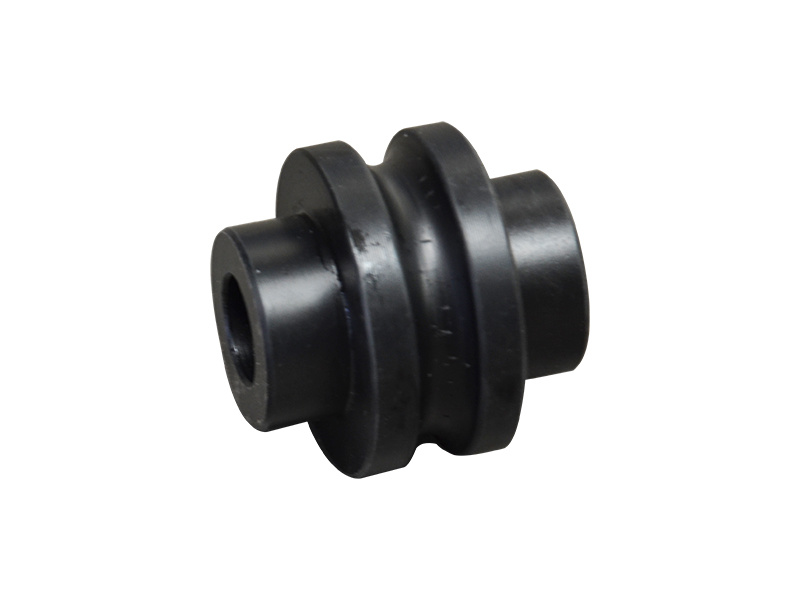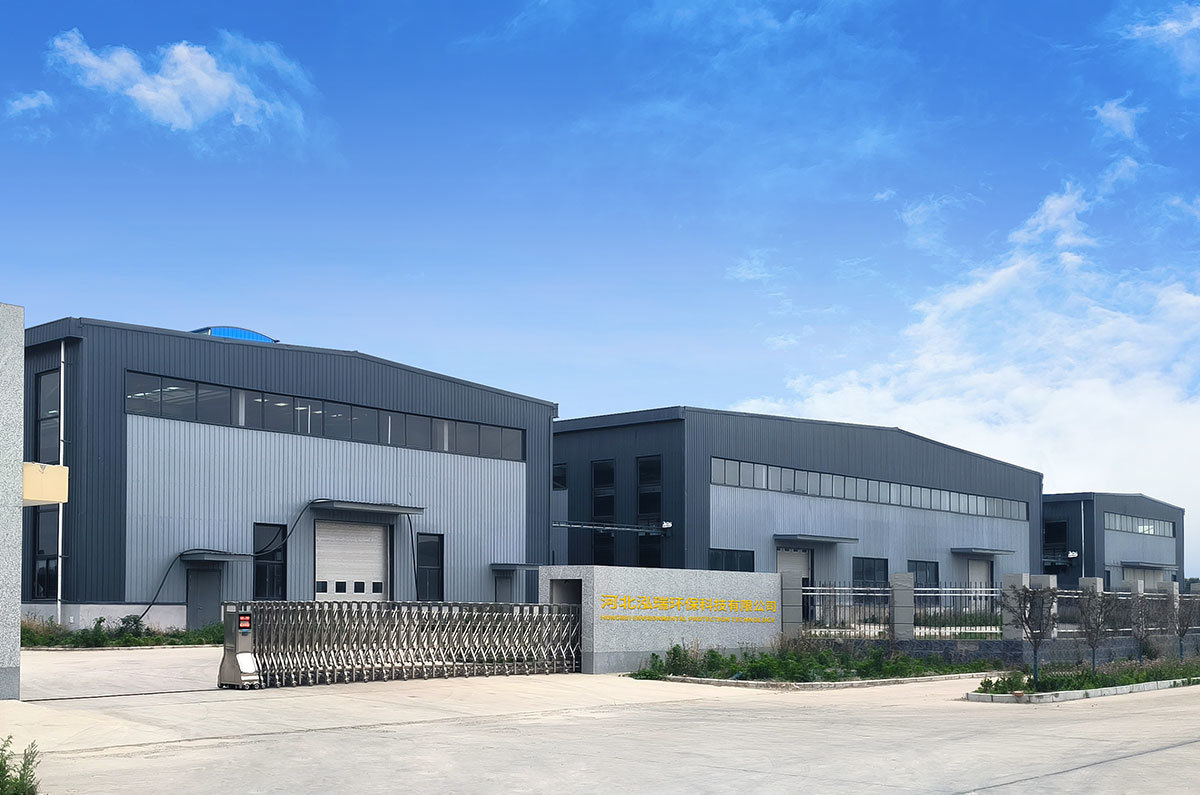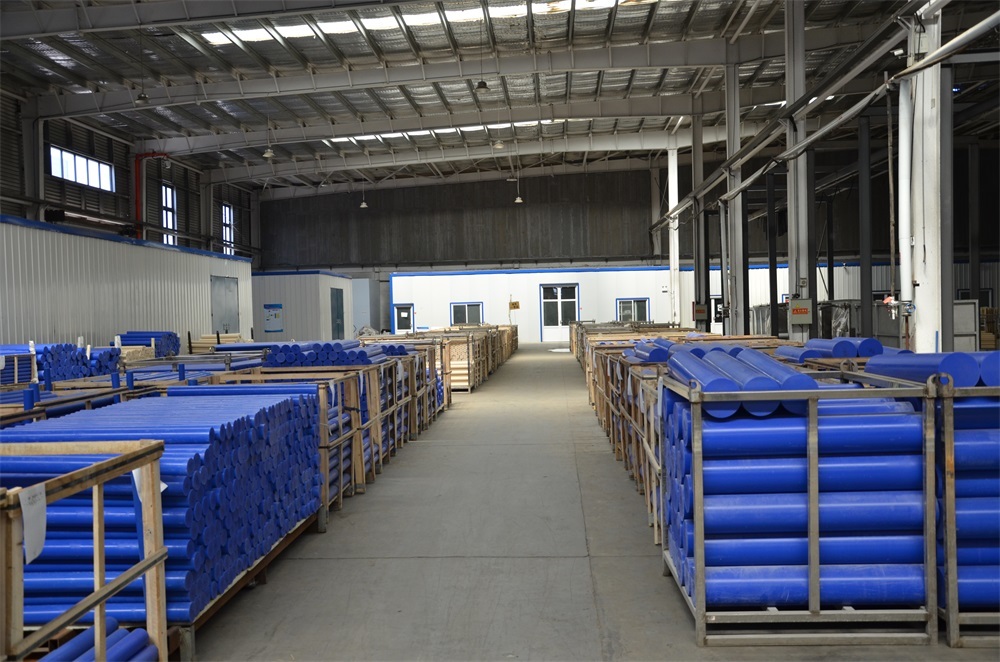Smart Procurement: A Comprehensive Guide for MC Nylon Buyers
2025-06-11

MC Nylon Procurement: A Framework for Quality, Cost, and Supplier Selection
Successfully integrating Monomer Casting Nylon (MC Nylon) into your operations is more than just selecting a grade. A systematic procurement strategy is crucial to ensuring you obtain high-quality, cost-effective products that precisely meet your application needs. This guide provides a comprehensive framework for B2B buyers, covering requirement definition, quality assessment, supplier evaluation, and Total Cost of Ownership (TCO) analysis.
A. Define Requirements and Prioritize Performance Successful procurement starts with a clear understanding of your needs.
1. Detail Application Conditions:
○ Load Characteristics: Static/dynamic load, type (tensile, compression, impact), frequency.
○ Motion Parameters: Speed (high/low), type (rotation, sliding).
○ Temperature: Operating range (constant/fluctuating), extremes.
○ Chemical Environment: Contacting media (oil, acid, alkali, solvents), concentration.
○ Humidity: Dry, humid, underwater conditions; sensitivity to water absorption.
○ Lubrication: External lubrication allowed/prohibited; self-lubrication needs.
○ Expected Lifetime and Precision: Dimensional tolerances, sensitivity to moisture-induced dimensional changes.
○ Regulatory Requirements: FDA, UL94, or other industry-specific certifications.
2. Measure Performance Metrics: Prioritize key performance based on conditions. For example, for high-wear sliding components, wear resistance and coefficient of friction are core; for impact-prone gears, toughness and fatigue strength are crucial.
3. Budget Constraints: Define your target cost or budget range. High-performance modified MC Nylon typically commands a higher price.
B. Key Quality Assessment and Standard Compliance Once potential grades are identified, rigorously assess their quality.
● Verify Physical and Mechanical Properties:
○ Request detailed, credible data sheets from the supplier, including testing conditions and standards (e.g., ISO 527 for tensile, ISO 178 for flexural, ISO 179/180 for impact, ISO 868 for Shore D hardness). Hebei Hongrui provides a performance index table with performance data based on ISO/IEC testing standards, such as tensile strength (76.6 MPa), Shore D hardness (83), and water absorption (0.8%).
○ For critical procurements, consider third-party testing or independent verification.
● Assess Dimensional Stability:
○ Water absorption is a key concern for MC Nylon. Obtain data on dimensional changes under different humidity conditions and changes in mechanical properties after moisture absorption. Standard MC Nylon (such as MC901) can have a saturation water absorption of 6-8%.
● Inspect Appearance and Internal Quality:
○ Inspect samples/first-article shipments for surface smoothness, ensuring the absence of bubbles, cracks, impurities, or color inconsistencies. Hebei Hongrui emphasizes the absence of bubbles, white core, or impurity defects within their products.
○ For large/critical components, consider non-destructive testing (such as ultrasound) to detect internal flaws, if reasonable. Hebei Hongrui states that all their products undergo ultrasonic flaw detection.
● Ensure Batch Consistency and Traceability:
○ Verify the supplier's quality management system (e.g., ISO 9001 certification). Hebei Hongrui is ISO 9001 certified.
○ Inquire about controls on raw materials and the production process to maintain batch-to-batch consistency.
● Confirm Industry Standard and Regulatory Compliance:
○ Verify compliance with general material specifications (e.g., ASTM D5989) and application-specific standards (FDA, NSF/ANSI/CAN 61 for potable water, UL94 flammability ratings).
C. Evaluate and Select Suppliers Selecting the right supplier is as important as selecting the right material.
● Technical Expertise and R&D Capabilities: Can they provide custom grades or expert advice?
● Production and Quality Control: Evaluate their manufacturing equipment, process controls, and testing facilities. Hebei Hongrui mentions possessing advanced MC Nylon production equipment and a professional testing laboratory.
● Service and Support: Evaluate pre-sales consultation, order processing efficiency, and post-sales technical assistance.
● Market Reputation and Case Studies: Review industry standing, customer feedback, and successful applications in similar fields.
● Price and Commercial Terms: Compare prices while ensuring quality and service. Review payment terms, minimum order quantities, and delivery times.
D. Cost-Benefit Analysis and Total Cost of Ownership (TCO) Look at the cost over the entire lifecycle, not just the initial price.
● Direct Costs: Raw materials, manufacturing, supplier profit, transportation.
● Price Influencing Factors: Raw material price fluctuations, market supply and demand, product specifications, order volume, brand premium.
● TCO Considerations:
○ Initial purchase price.
○ Processing and installation costs.
○ Maintenance costs over the service life (lubrication, inspection).
○ Replacement costs (material, labor, downtime).
○ Losses due to failure or inadequate performance.
○ Energy savings from lightweighting or reduced friction. While MC Nylon components may have a higher initial cost, their longer lifespan, lower maintenance, and higher efficiency can result in a lower TCO. A 400 kg MC Nylon product has the volume equivalent of 2.7 tons of steel or 3 tons of bronze, highlighting material cost savings.
E. Avoiding Common Procurement Pitfalls
● Incorrect material selection: Due to a lack of understanding of operating conditions or the performance of MC nylon. Solution: Detailed needs analysis, thorough communication with suppliers, and sample testing.
● Dimensional problems caused by water absorption: Ignoring its hygroscopicity. Solution: Consider expansion allowance during design, consider pre-treatment, or choose a low water absorption grade.
● Unstable batch quality: Suppliers lack strict quality control. Solution: Choose reputable, certified suppliers; request factory inspection reports for each batch.
● Supplier delivery delays: Insufficient supplier capacity or weak supply chain management capabilities. Solution: Investigate the supplier's actual production capacity; clearly define the delivery cycle in the contract.
● Actual service life does not meet expectations: Insufficient assessment of the complexity of operating conditions. Solution: Obtain performance data close to actual operating conditions; conduct thorough testing of key applications.
By adopting this structured approach, purchasers can address the complexities of MC nylon procurement, ensuring they obtain materials that optimize performance, durability, and overall economic value.
TAG:
Related News
Exploring the Power of Composite Materials in Modern Industry Solutions




